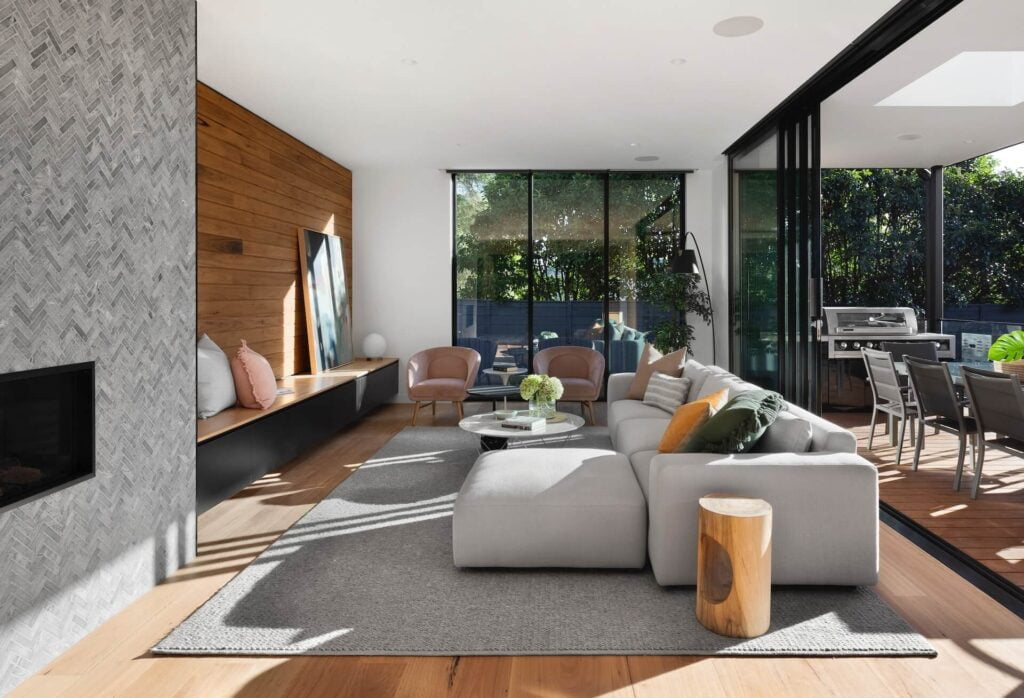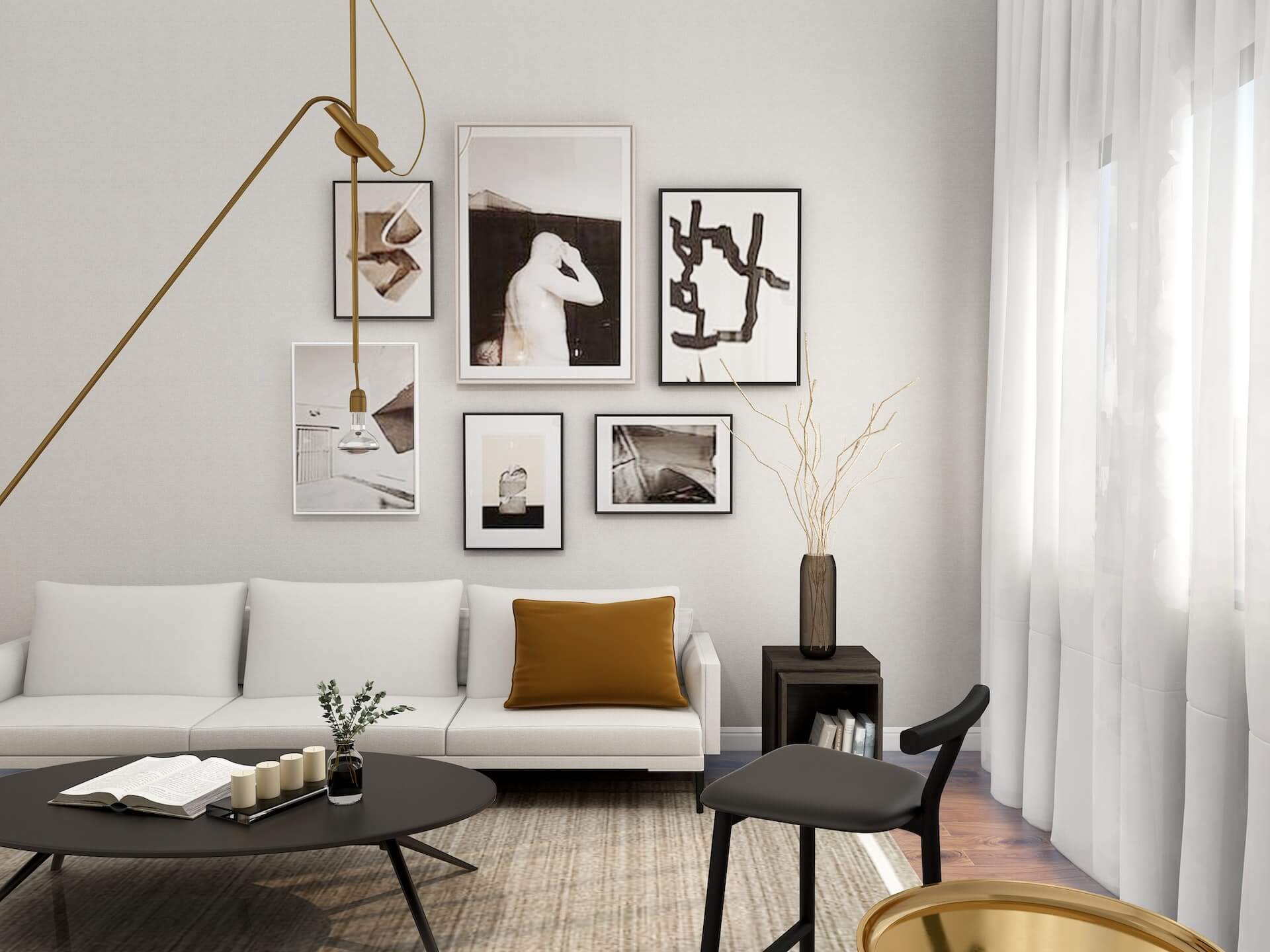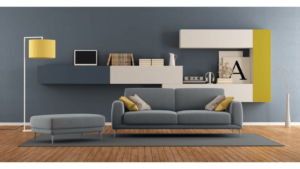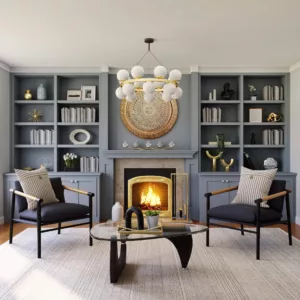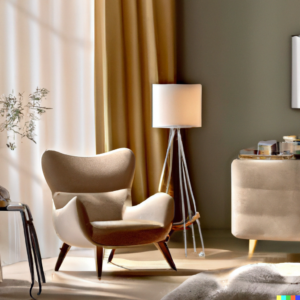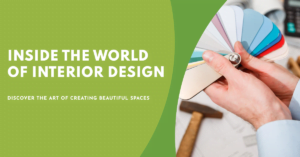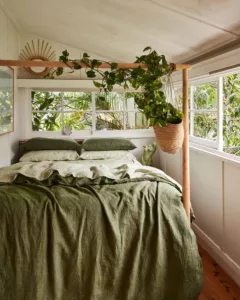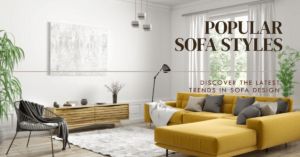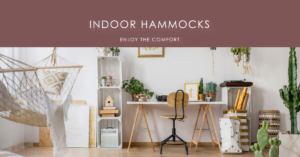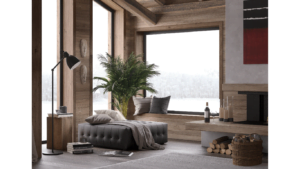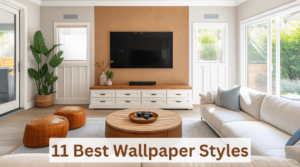Did you know that the way you design your home can have a significant impact on your mood, productivity, and overall well-being? As a professional interior designer, I believe that your home should be your sanctuary, a place that reflects your unique personality and lifestyle.
In this article, I will share with you my expertise on interior design, providing tips and tricks on how to transform your home interior into a haven of comfort, style, and elegance.

Basics of Home Interior
As an experienced interior designer, I know that the fundamentals of home interior design are essential to creating a space that not only looks great, but also functions well for your lifestyle. When it comes to interior design, we want to ensure that the space we create reflects your personality, needs, and tastes.
One of the primary principles of interior design is color. The right colors can set the mood of a room and affect our emotions.
For instance, warm colors like red and yellow can make a room feel cozy and inviting, while cool colors like blue and green can create a calm and soothing atmosphere.
As interior Designers we work with you to choose colors that not only fit your personal style, but also complement each other in a harmonious way.
Another crucial element is lighting. It can make a big difference in the look and feel of a room. We want to make sure that we have a mix of ambient, task, and accent lighting that works together to create the right atmosphere. From natural light to different types of light fixtures, we’ll consider all of the options to create the perfect balance.
Texture is another important principle in interior design. It adds depth and interest to a room and can create a cozy and inviting atmosphere. From soft fabrics to rough surfaces, we’ll incorporate different textures to make your space feel warm and welcoming.
Finally, space planning is essential in creating a cohesive and visually appealing interior. We work with you to determine the best layout for your furniture and décor to maximize functionality and flow. Whether you have a small space or a large one, we’ll help you make the most of it.
Balancing these fundamental principles is key to achieving a beautiful and functional interior. With our expertise in color, lighting, texture, and space planning, we’ll help you create a space that truly reflects your personality and style.
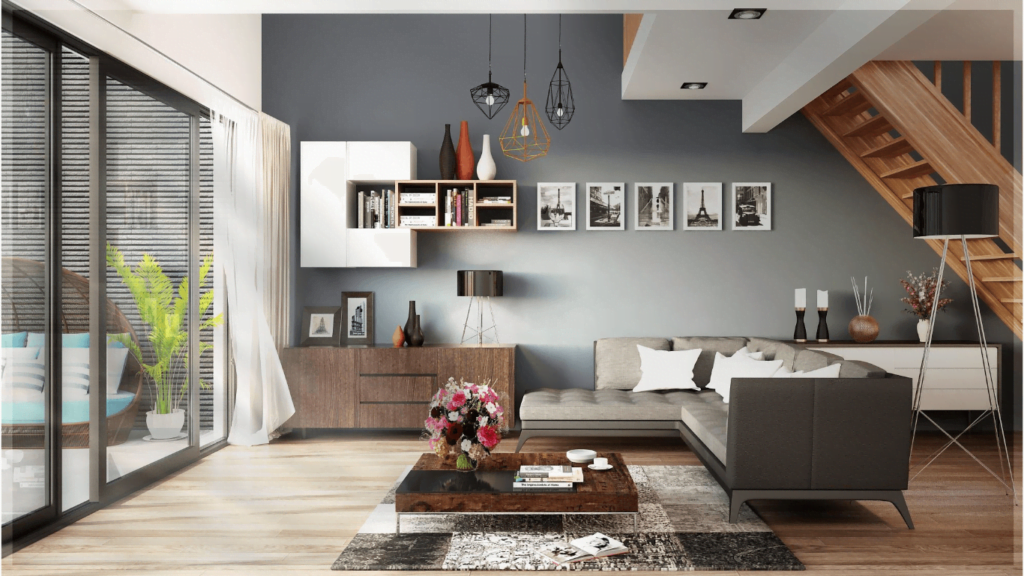
Home Interior Decor
Home decor is the final touch that can transform a space from functional to fabulous. At its core, home decor is about creating a personalized and comfortable living space that reflects your unique taste and style.
To start, consider the function of each room and the mood you want to create. The living room, for example, should be a welcoming and social space that inspires relaxation and conversation. Soft textures, warm lighting, and cozy furnishings like a plush sofa or armchair can help achieve this feel.
When it comes to the bedroom, comfort is key. Choose bedding and pillows made from soft, high-quality materials that invite you to sink in and unwind. Add personal touches like family photos or artwork to make the space truly your own.
The kitchen is often the heart of the home, and decorating it can be both functional and fun. Consider adding statement pieces like a colorful backsplash or unique light fixture to create visual interest, while also incorporating practical elements like a butcher block island or built-in pantry.
Finally, the bathroom is a space where you can indulge in luxury and relaxation. Soft lighting, plush towels, and aromatic candles can transform a basic bathroom into a spa-like retreat.
Remember, decorating your home is all about expressing your personality and creating a space that feels like yours. So don’t be afraid to experiment with color, texture, and style to create a unique and inviting interior.
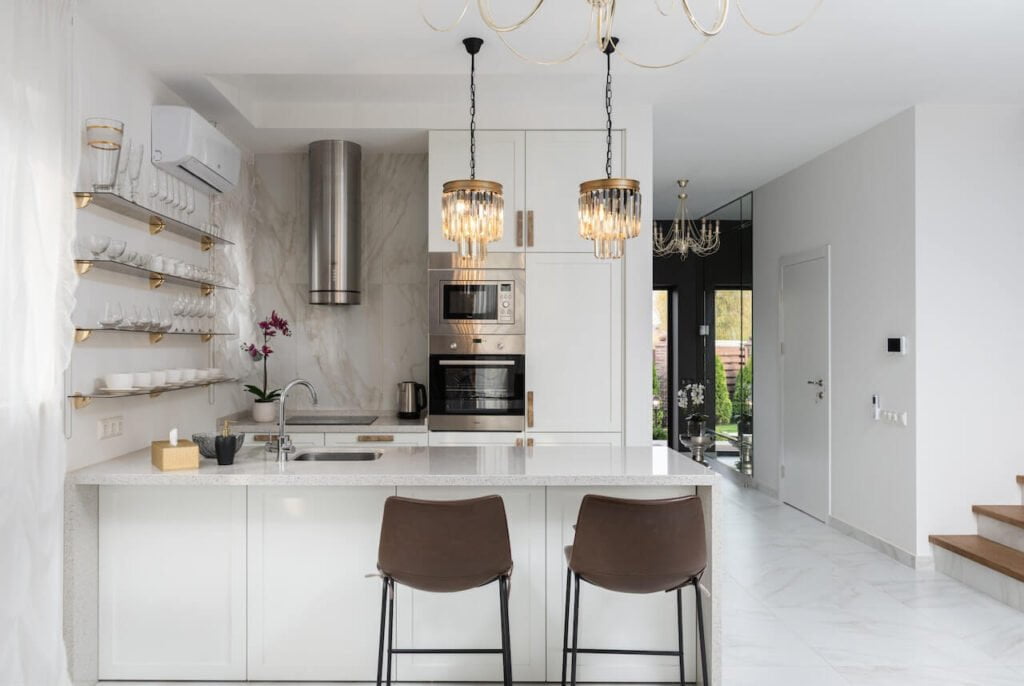
Elements and Principles of Interior Design
I believe that understanding the elements and principles of design is essential to creating a well-designed space that functions well and looks beautiful.
There are seven elements of design that should be considered in every interior design project: line, shape, form, space, texture, color, and light.
Line is the most basic element of design and can be used to create a sense of movement or direction in a room. It can be vertical, horizontal, diagonal, or curved. Shape and form are closely related, and both refer to the three-dimensional aspects of design. Shape refers to the outline of an object, while form refers to its structure and volume.
Space is also an essential element of design and refers to the area within and around objects. Texture is the element of design that adds depth and tactile qualities to a room, while color adds emotion and can be used to create a sense of harmony or contrast. Finally, light is an essential element that can be used to highlight or hide certain aspects of a room.
In addition to these elements, there are seven principles of design that must also be considered: balance, proportion, emphasis, rhythm, unity, contrast, and harmony.
Balance refers to the distribution of visual weight in a space, while proportion refers to the relationship between objects in a space. Emphasis is used to create a focal point in a room, while rhythm refers to the repetition of design elements throughout a space.
Unity refers to the coherence and consistency of design throughout a space, while contrast creates visual interest and can be used to highlight certain elements.
Using these elements and principles of design, we can create a well-designed and functional interior that meets the needs of the occupants while also being aesthetically pleasing.
It is essential to consider each of these elements and principles when designing a space and to ensure that they are balanced and harmonious with one another.
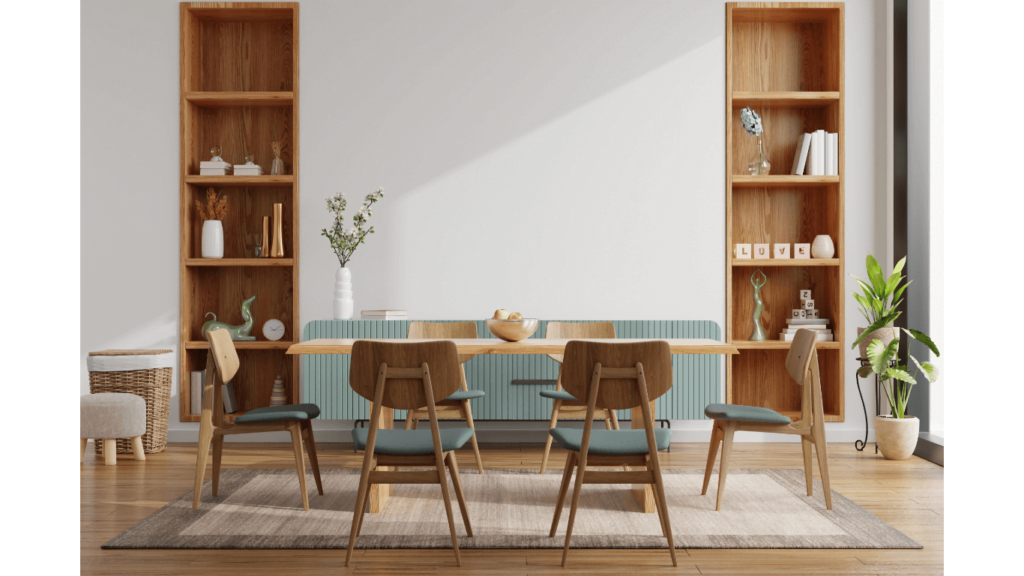
Popular Styles of Interior Design
There are many different styles of design, and choosing the right one for your home can be a daunting task. Let’s break down the five main styles of interior design, so you can better understand the defining characteristics of each and decide which one suits you and your home.
Contemporary Design
First up, we have contemporary design. This style is characterized by clean lines, minimalism, and a focus on neutral colors, such as white, black, and gray. Contemporary design is all about simplicity and functionality, with a nod to the modernist movement of the mid-20th century.
Traditional Design
Next, we have traditional design. This style is all about classic elegance, with a focus on symmetry and ornate detailing. Colors tend to be more muted, with a lot of warm, earthy tones. Think dark woods, rich fabrics, and intricate patterns.
Modern Design
Modern design’s style is similar to contemporary design, but with a more futuristic feel. Think bold colors, clean lines, and lots of metal and glass. Modern design is all about innovation and pushing boundaries.
Transitional Design
Next, we have transitional design, which is a blend of contemporary and traditional elements. It’s all about balancing the old with the new, the classic with the modern. This style is characterized by neutral colors, simple lines, and a focus on texture and material.
Eclectic Design
Last but not least, we have eclectic design. This style is all about mixing and matching different elements and styles to create a unique and personalized space. There are no rules with eclectic design, so you can incorporate anything from vintage furniture to modern art.
No matter which style you choose, it’s important to remember that the key to a successful interior design is to create a space that is both functional and beautiful. By understanding the defining characteristics and elements of each style, you can incorporate them into your own home and create a space that reflects your personal style and taste.
| Style | Characteristics |
|---|---|
| Contemporary Design | Clean lines, minimalism, neutral colors (white, black, gray), simplicity, functionality, modernist influences |
| Traditional Design | Classic elegance, symmetry, ornate detailing, muted colors (warm earthy tones), dark woods, rich fabrics, intricate patterns |
| Modern Design | Bold colors, clean lines, metal and glass, futuristic feel, innovation |
| Transitional Design | Blend of contemporary and traditional elements, neutral colors, simple lines, focus on texture and material |
| Eclectic Design | Mixing and matching different elements and styles, personalized space, no rules, vintage furniture, modern art |

Creating a Classy and Expensive Look on a Budget
When it comes to creating an elegant and expensive-looking interior on a budget, the key is to focus on quality over quantity. By selecting a few high-quality items and incorporating them strategically, you can create a truly luxurious space without breaking the bank.
One of the first things to consider is the color palette. Opt for neutral, understated hues like cream, beige, and gray, which create a sophisticated and timeless look. Incorporate pops of metallic accents like gold or silver to add a touch of glamor.
Another tip is to focus on textures and materials. Look for rich, luxurious fabrics like velvet, silk, and cashmere, which add a sense of opulence to any space. Incorporating textures like faux fur or sheepskin can also elevate the look of a room.
When it comes to furniture, invest in a few high-quality pieces that will stand the test of time. Look for classic styles like a Chesterfield sofa or a French-inspired armchair, which exude elegance and sophistication. Consider purchasing second-hand or vintage pieces and refinishing them yourself to save money while still achieving an expensive look.
Finally, don’t forget about lighting. Invest in a statement chandelier or a pair of elegant table lamps to create a warm and inviting ambiance. Use mirrors strategically to reflect light and create the illusion of more space.
Remember, creating a luxurious and expensive-looking interior on a budget is all about focusing on quality over quantity and being strategic with your design choices. By incorporating high-end finishes, fabrics, and materials in a budget-friendly way, you can achieve a truly stunning and sophisticated home.
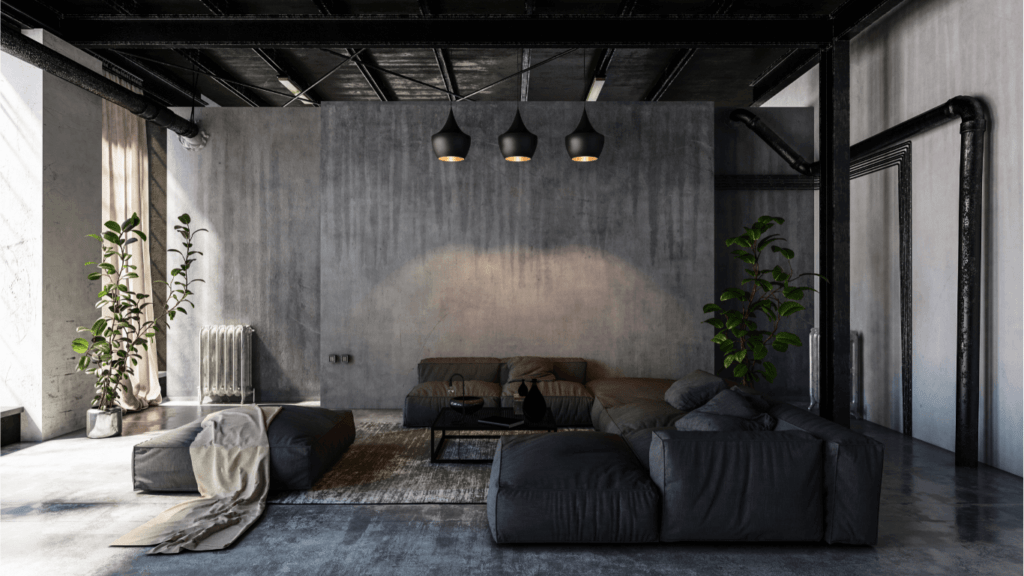
Decorating Rules and Mistakes to Avoid
As an interior designer, I’ve seen my fair share of decorating mistakes, and I always try to guide my clients in the right direction. One of the most important things to remember is the 60-30-10 decorating rule. This rule states that you should use 60% of a dominant color, 30% of a secondary color, and 10% of an accent color. By following this rule, you can achieve a balanced and cohesive look in any room.
Another important rule to keep in mind is the 80-20 rule. This rule applies to the use of patterns and textures in a room. The dominant pattern or texture should take up 80% of the space, while the secondary pattern or texture should only take up 20%. This will create a harmonious look that isn’t too overwhelming.
When it comes to decorating mistakes, there are a few common ones that I see time and time again. The first is clutter. A cluttered space can make a room feel small and uninviting, so it’s important to keep things organized and tidy. Another mistake is mismatched furniture. While mixing and matching can work, it’s important to make sure that the pieces still complement each other in terms of style, color, and scale.
Lastly, improper lighting can also be a major decorating mistake. It’s important to have a mix of ambient, task, and accent lighting to create a balanced and functional space. Don’t rely solely on overhead lighting, as this can create harsh shadows and unflattering light.
By keeping these decorating rules and mistakes in mind, you can create a beautiful and functional space that you’ll love for years to come.
Conclusion
In conclusion, we have explored various aspects of interior design, from the basics of color schemes and lighting to the popular styles and decorating rules. It is crucial to approach interior design with intention and thoughtfulness, rather than haphazardly throwing things together. Taking the time to consider the elements and principles of design, as well as incorporating personal style and taste, can make all the difference in creating a beautiful and functional living space.
Remember to consider factors such as scale, balance, and proportion when choosing furniture and decor. Utilizing the 60-30-10 and 80-20 decorating rules can help achieve a cohesive and balanced look. Avoid common decorating mistakes like clutter and poor lighting, and aim for a timeless and functional design.
In the end, your home should be a reflection of your personal style and taste, while also being comfortable and functional for daily living. Don’t be afraid to take risks and try new things, but always keep in mind the fundamental principles of design.
We hope this article has inspired you to transform your own home into a beautiful and functional living space that you love. So go ahead, take the first step and start planning your next interior design project today!
